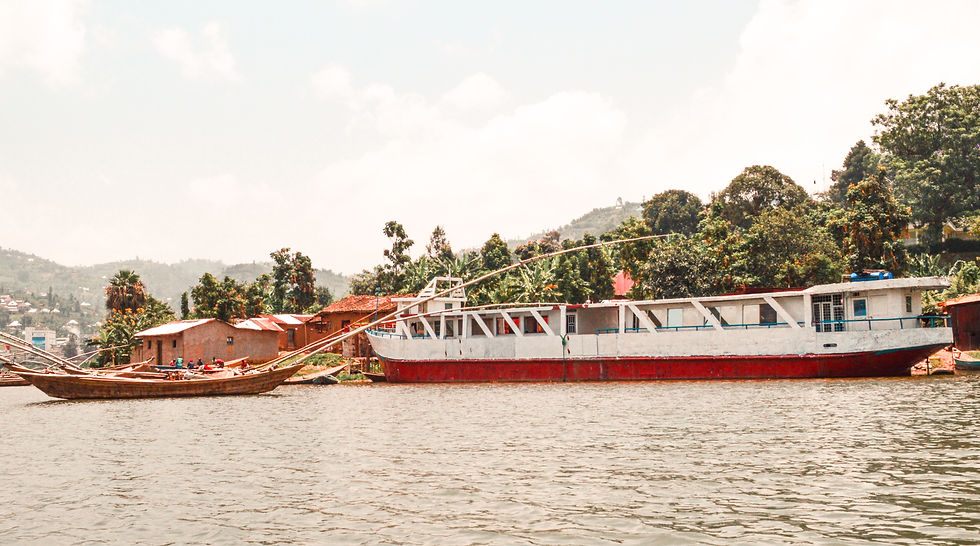
Unscientific disposal of unsegregated solid waste along rivers in Jammu and Kashmir contribute to growing microplastic pollution across northwestern Himalayas.
Low temperatures during winters, followed by various environmental stressors are causing plastics to break down into microplastics faster and impacting macrofauna like molluscs.
Uncontrolled tourism is contributing to plastic waste, even in remote areas lacking an efficient waste management system.
Difficulty in measuring microplastics in biological cells and the environment hinder the understanding of the impacts of microplastics and possible solutions.
A new study has confirmed the presence of microplastic contaminants in Jhelum river, locally known as Vyeth, in Jammu and Kashmir. The study suggests that improper municipal solid waste (MSW) disposal sites along the Jhelum river are a potential source of these microplastics.
When exposed to environmental stresses such as changes in temperature and UV rays, plastic disintegrates into smaller fragments. Plastic bits smaller than five millimetres are categorised as microplastics. Some are even as tiny as nanometres.
Primary microplastics are tiny particles manufactured for commercial use, such as cosmetics, as well as microfibers that are shed from clothing, fishing nets and other textiles. Secondary microplastics result from the breakdown of larger plastic items, such as water bottles. The understanding of how microplastics form in different environmental conditions, however, is limited.
Microplastics in the northwestern Himalayas To analyse the presence of microplastics in Jhelum, the study conducted by the National Institute of Technology (NIT), Srinagar and published in Science of the Total Environment journal, examined riverbank solid waste disposal sites.
The study highlights the evidence that unscientific disposal in dumping sites along the banks of water bodies, a common sight in Kashmir and throughout the country, contribute significantly to microplastic pollution.
“This study was conducted in 2022 with sampling along Jhelum river on those sites where solid waste is illegally dumped. Starting from Verinag spring, the sampling culminated at Wular lake. We found that microplastics were present in all samples. And the abundance of microplastics in water was more downstream of solid waste dumping sites,” Muneeb Farooq, researcher at NIT, Srinagar and lead author of the study, said.
Farooq mentioned that microplastics identified during the study were largely fragments of plastic carry bags and food packaging material used in the area, implying the rampant use of plastic and the improper disposal system.
Another study from 2022, published in Chemosphere, analysed the amount, types and sources of microplastics in the sediment of Anchar lake in Srinagar. It evaluated 24 samples under a microscope and used a technique called Attenuated Total Reflectance Fourier Transform Infrared (ATR-FTIR) spectroscopy to observe their composition.
“The results showed the most common type of plastic found in the sediment was polyamide (PA), which accounted for 96%, followed by polyethylene terephthalate (PET) at 1.4%, polystyrene (PS) at 1.4%, polyvinyl chloride (PVC) at 0.9%, and polypropylene (PP) at 0.7%,” the study stated.
Causes behind microplastics in water bodies
In addition to environmental stresses like UV exposure, some factors that may contribute to the production of microplastics are large local temperature differences between summers and winters. Researchers suggest that when frozen, plastic waste becomes brittle and further vulnerable to breaking down by any slight environmental pressures.
Plastic items, while ubiquitous in urban areas, are increasing in availability in remote areas of Kashmir as well. The union territory does not have an efficient solid waste management system. “Consequently, riverbanks are one of the common unscientific disposal sites. Not only in rural areas, there is also no robust solid waste management, especially of plastic waste, in Srinagar city as well, except for one landfill site at Achan. Thus, we are facing a challenge of high volume of plastic waste and subsequently microplastics,” Khalid Muzamil, assistant professor at the Department of Civil Engineering at NIT, said.
Muzamil pointed to a lack of regulations with regard to uncontrolled tourism in the valley. Treks to alpine lakes in places like Sonamarg, Pahalgam, Gurez and Bangus valley have seen a surge, bringing more plastic to these ecologically fragile areas. “Without immediate intervention, the situation may get out of control and our glaciers, forests and wildlife will face the brunt of plastic and microplastic pollution,” he said.

Comments